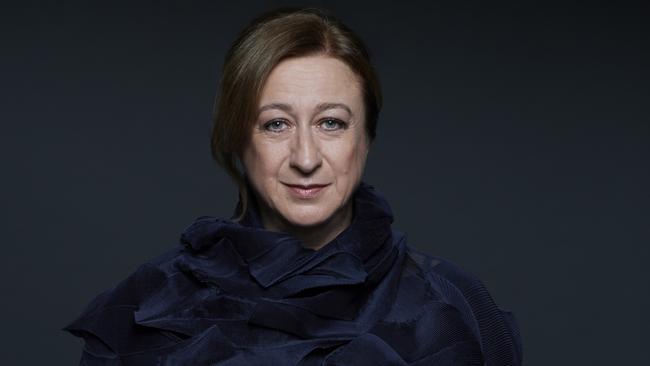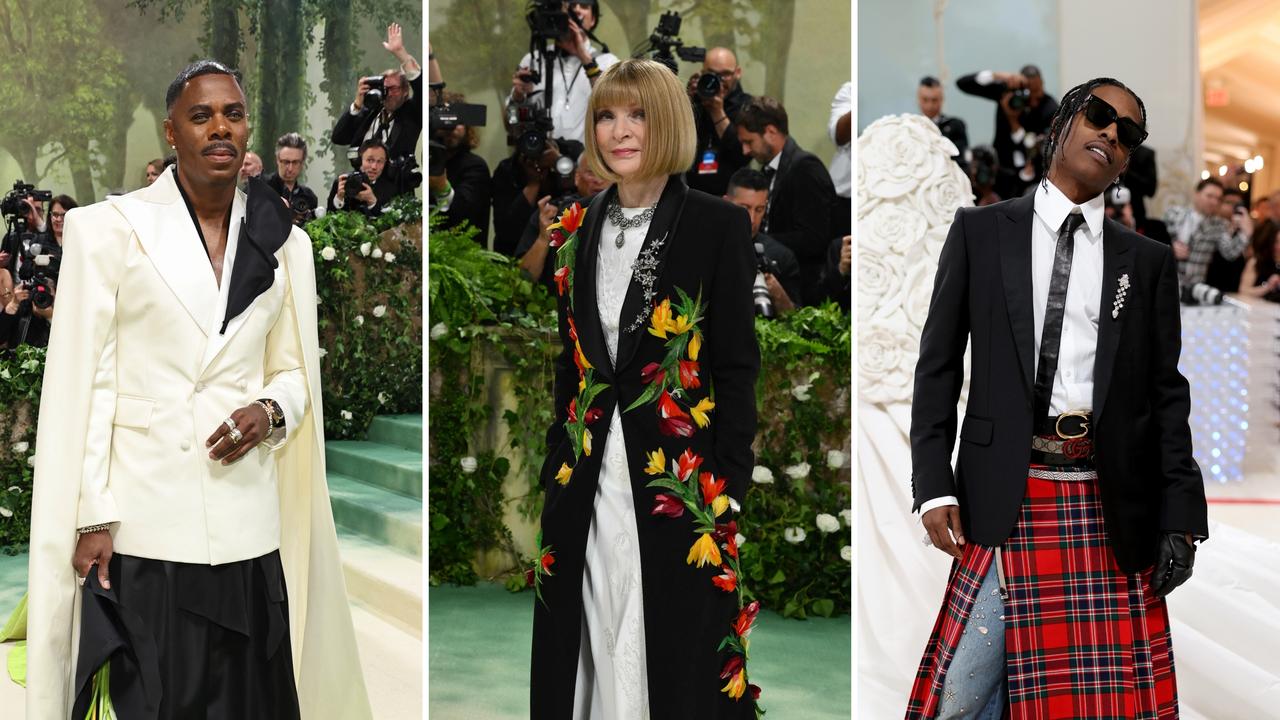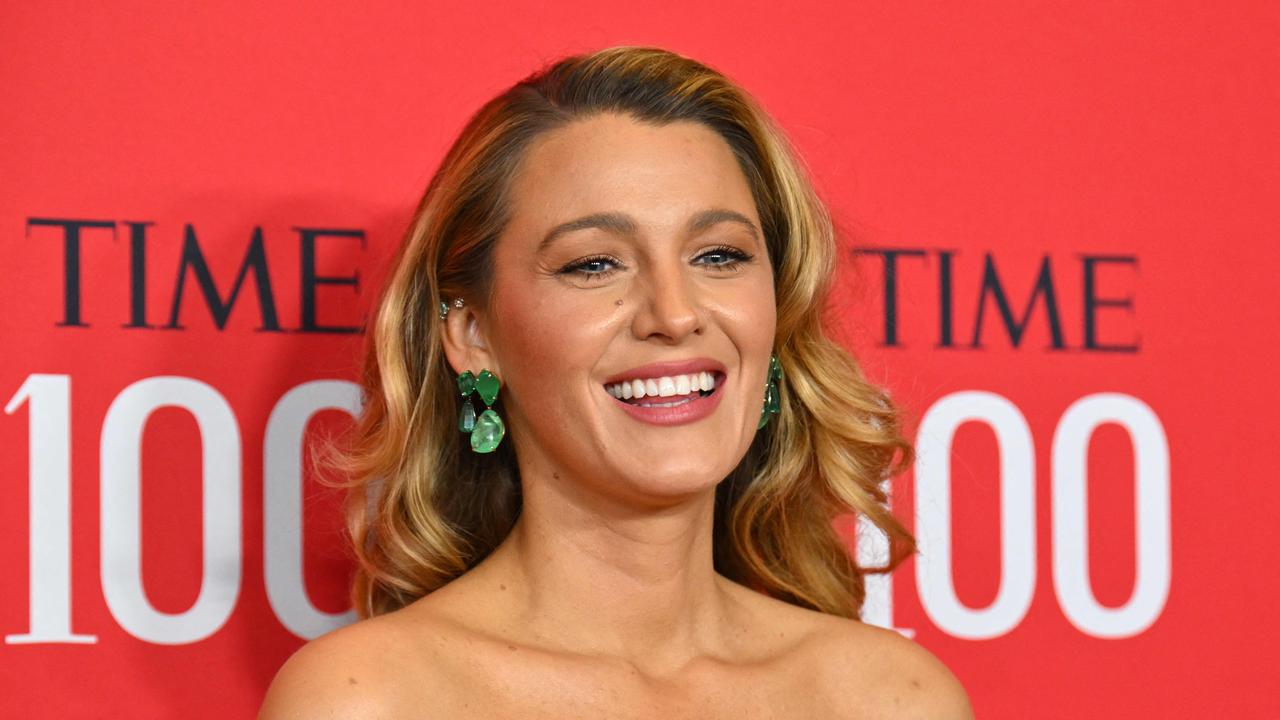Simone Young: historic baton change in good hand

A Sydneysider born and bred, Young had studied at the Sydney Conservatorium and had been attending Sydney Symphony Orchestra concerts at the Opera House since she was a schoolgirl, already alive to the mystery and glamour of symphonic music. She’d gone to Europe and worked as an assistant in Cologne and Berlin, and made conducting debuts at some of Europe’s great opera houses, notably becoming the first woman to conduct at the Berlin State Opera, the Bastille in Paris, and Vienna State Opera.
When the call finally came, and Young gave her first concerts as conductor with the SSO in 1996 — the program included one of her German specialities, Richard Strauss, and music by her Sydney composition teacher, Don Banks — she already was a name in Europe. Since then, of course, she has become Australia’s pre-eminent conductor on the world stage.
So her appointment as chief conductor of the SSO, announced on Saturday, could be regarded as a little overdue. At the same time, there is such a satisfying inevitability about it: a career move with the chime of a perfect cadence.
“I really feel that every time I come back to the Sydney Symphony, I am coming home,” Young says a few days before the appointment is made public. “We all sort of knew that this would happen one day, and it was always just a question of when.”
A conversation that has been in the air for years became brass tacks after the arrival of another Sydneysider, Emma Dunch, as SSO chief executive early last year. The news comes as the orchestra prepares to vacate the Opera House for two years — Young gave the SSO’s last concerts there in a Mahler program at the weekend — while the Concert Hall undergoes a $150m renovation. Young will conduct the orchestra as a guest in its temporary digs at Sydney Town Hall, and will officially begin her tenure as chief conductor when the SSO returns to the Concert Hall in 2022.
She will be the first woman, and the third Australian, to hold the Sydney baton. Charles Mackerras was chief conductor in the early 1980s, before the constant air travel got the better of him, and Stuart Challender’s term was cut short by his tragic early death in 1991.
“It’s kind of been in the air for a very long time, that this would happen one day,” Young says of her appointment. “I’m a Sydney girl, and a very much asked-for international conductor. It was kind of to be expected that one of these days it would converge — the question was when. This feels like the right time.”
After the wilderness years came Young’s too-brief tenure as music director of Opera Australia in the early 2000s. She determinedly set out her artistic program but couldn’t reach agreement with the board. She was snapped up by the Hamburg State Opera and the Hamburg Philharmonic, and stayed 10 years. Guest engagements brought her home to Australia on occasion. But it’s only since her Hamburg tenure ended in 2015 that she has given concerts in Australia more regularly, appearing with the major state orchestras including the SSO. The affection and enthusiasm from the audience when she conducts in Sydney, Brisbane or elsewhere is palpable.
“The response from Sydney audiences is unbelievably generous and welcoming,” she says. “After leaving Hamburg, I first of all said I didn’t want any chief conductor jobs anywhere, because I was just enjoying the utter freedom of being a baton for hire. Just over the past few years, my relationship between the orchestra and myself seems to have intensified and become warmer.”
The Concert Hall upgrade will improve access for visitors, provide better backstage facilities, and is expected to fix the acoustic quality of the auditorium, for years a bugbear of conductors, musicians and audiences. Young likens a concert hall to the body of a violin or the case of a grand piano: the hall itself, as well as the orchestra, is part of the overall experience of an orchestra’s sound.
While she has not been involved in planning the acoustic upgrades — they include installing adjustable stage risers and an acoustic canopy — she expects they will improve both the sound of the orchestra and the concertgoing experience for audiences.
“Almost everything that has been done to that hall has been a compromise,” she says of past interventions. “It was never designed originally as the concert hall, it was supposed to be the lyric theatre.
“The (orchestra’s) lower-middle and bottom range — despite having one of the best double-bass sections that I know — is always a little thick, a little muddy. You are always trying to warm it up or clean it out. The acoustic for singers is not good, not to mention the Arctic blast from the airconditioning that makes most of them sick within a day or two.”
While the two-year refurbishment project is under way, the SSO will return to its former home at the Town Hall. For this temporary eviction period it has four conductor “visionaries” as its principal guests: Young, Scottish conductor Donald Runnicles, and former chiefs Vladimir Ashkenazy and David Robertson.
Young, who agreed to the two-year guest engagement before she signed as chief conductor-designate, says she understands the rationale behind the four-conductor strategy: it would be difficult for a chief conductor to begin their tenure with an orchestra that is unable to use its permanent home. She does not underestimate the disruption to the SSO, artistically and financially, during the Concert Hall’s closure.
Young lives in Sussex in southern England, in an area with no mobile phone reception. Increasingly, her freelance work is taking her further afield. The US has “just decided they’ve discovered me”, and her calendar now includes dates in Chicago, Boston and New York, as well as opera engagements in Europe.
Her Sydney contract means that she will spend eight weeks a year with the orchestra, although she expects to spend a little longer in Sydney on each occasion. Her elderly mother, Simone, is in a care facility there, and she would like to spend some more time at her holiday house at Scotland Island, on Pittwater.
Unlike her predecessor, Robertson, who had the title artistic director, Young will be named chief conductor: meaning she will not be as involved in planning concerts across the year. Her initial term is for three years with an option for another two, and she hints that her official role with the orchestra may evolve in time. “I’m a workaholic,” she says. “I was going to say I’m famous for it — I think notorious is better. I’m going to want to get involved in all of those things.”
Audiences can expect Young will conduct the repertoire she is famous for: the Austro-German tradition of Beethoven, Wagner, Brahms and Bruckner. Next year, in the SSO’s Town Hall season, she will give performances of Beethoven’s seventh symphony and other works to mark the 250th anniversary of the composer’s birth. She also admires the Russians — “up to Shostakovich and beyond” — and the early French romantics. In 20th-century music, she wants to share her enthusiasm for Schoenberg, Hindemith and Kurtag. She has long championed Brett Dean’s music and says she is looking forward to getting to know the new generation of Australian composers.
Opera, too, will likely feature in her programs. She is a noted Wagnerian, which raises the prospect of a Ring cycle or another of the composer’s music-dramas performed in concert. Young won’t be drawn on that subject, other than to say: “What about a Ring? We might need some extra support for that … Wagner is a big part of the conversation, let’s put it like that.”
While a musical match between Young and the SSO has been a long time coming, the contract was signed only last week. Dunch last month flew to San Francisco, where Young was guest-conducting the San Francisco Symphony Orchestra, to work through the final details. But the commitment, in some respects, had already been made: “We all looked at each other and said, ‘Why not?’,” Young says. “It seemed to be more about finding a reason not to do it than to do it.”
After a complex game plan that has involved multiple timetables, changes of venue and artistic leaders — not to mention the 90 or so musicians of the SSO — the path has been set for the orchestra’s 2022 return to the Concert Hall with Young at the helm. The anointed chief conductor says the future sounds bright indeed. “I am in a very good position now to make the judgment — this is an orchestra of international class,” she says. “For it to get an acoustic home that is also one of the best in the world is incredibly exciting.”



Simone Young’s husband, Greg, calls them the wilderness years: the decade from the mid-1980s that the couple spent in Europe, Young’s conducting career on the rise, when they wondered whether the call would ever come from Australia.